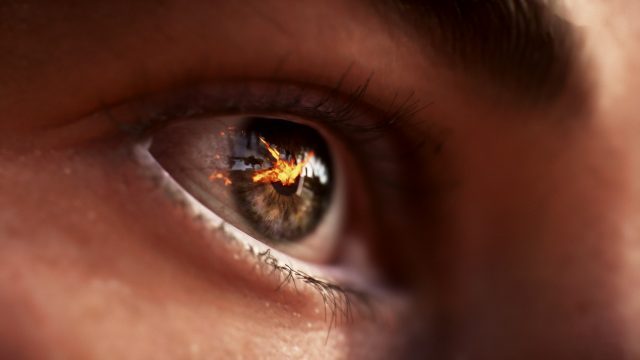Ray tracing simulates the way that light bounces around a scene and interacts with objects before entering our eyes to create the image of the world around us. It’s the kind of CGI rendering approach used in blockbuster movie graphics, and the same technology that allows architects to create truly photorealistic images of buildings which haven’t yet been built. But for a long time ray tracing has been far too slow for practical use in gaming, because where complex movie CGI might take minutes or even hours to render just one frame, the gaming baseline is about 30 frames per second. Thanks to NVIDIA’s GeForce RTX GPUs, Battlefield V shows what real-time ray tracing capabilities mean for gaming graphics.
A major feature of NVIDIA’s new RTX GPUs is hardware which accelerates ray tracing operations to the point that they can be practically used in real-time gaming. Ray tracing can be used for a wide range of enhancements by accurately simulating everything from reflections to shadows and even soundwaves.

This week at NVIDIA event ahead of Gamescom in Germany, the company revealed their RTX GPUs and spent much of their presentation explaining why they call ray tracing the “holy grail of computer graphics.” Among the examples in the presentation was a particularly illuminating segment showing how Battlefield V developer DICE has incorporated real-time reflections into the game which are only possible with ray tracing.
Ray tracing is a much more accurate way of rendering computer graphics compared to raster-based approaches, around which a wide range of tricks and hacks for faking complex visual phenomena—like reflection, transparency, lights and shadows—has evolved. As it turns out, those elements are a major factor in what passes as “real” to our brain, and the hacks aren’t always convincing.
Incorporating ray tracing into real-time gaming opens the door to subtle but powerful visual cues that make it easier for our brain to accept that what we’re looking at is real. In the long term, this will play a major factor in the level of immersion that can be achieved in VR.
Today however, a day after NVIDIA’s GeForce RTX announcement, it isn’t yet clear how complex ray traced rendering powered by RTX cards, like the real-time reflections demonstrated in Battlefield V, will fare against the high demands of VR headsets which require exceedingly high framerates and resolutions. We’re hoping to learn more about the applicability of the ray tracing capabilities of the RTX cards to VR this week during Gamescom.






